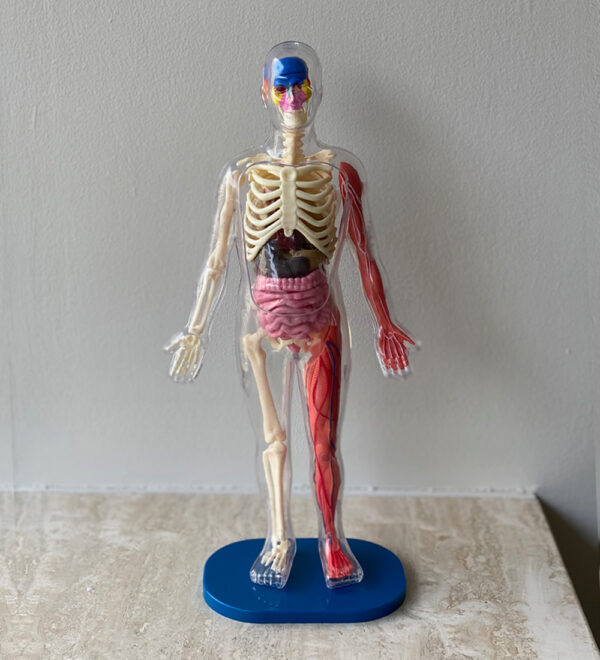HYPERMOBILITY
What is Hypermobility?
Hypermobility refers to the ability of connective tissue to bend or stretch beyond the typical range. Depending on the severity, patients may be diagnosed with hypermobility spectrum disorder (HSD) or hypermobile Ehlers-Danlos syndrome (hEDS). While joint hypermobility is often emphasized, connective tissue actually surrounds and supports every single structure in our body, from joints, muscles, and bones, to major organs, to nerves and blood vessels, and more! This means connective tissue hypermobility can impact a wide variety of functions in our bodies.
Common symptoms of hypermobility include:

How can physical therapy help?
Our physical therapists take the time to get to know your situation and ask the right questions to understand how symptoms are affecting your life. We also do a comprehensive exam to get a full and robust picture of the unique mechanical factors affecting your entire body. Our whole-body approach to treatment means we can put together the puzzle pieces to help with pelvic floor, low back, neck, head, and other symptoms within an integrated course of care. Treatments may include:
Read more about hypermobility, including how it relates to pelvic floor issues in our blog post!
